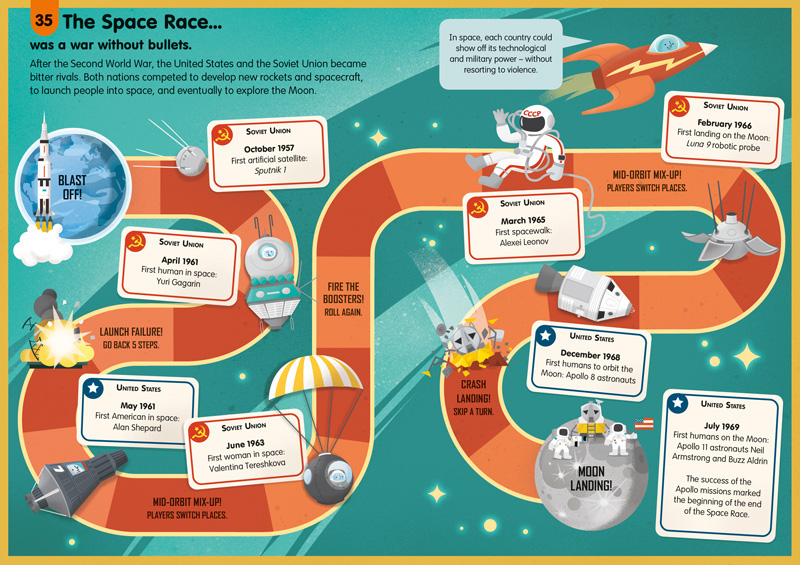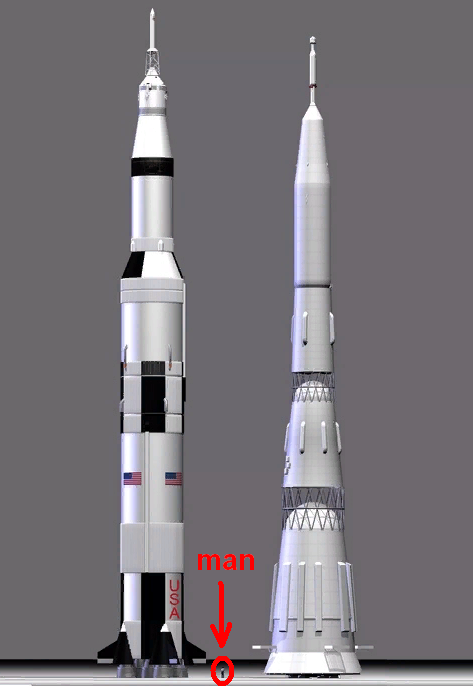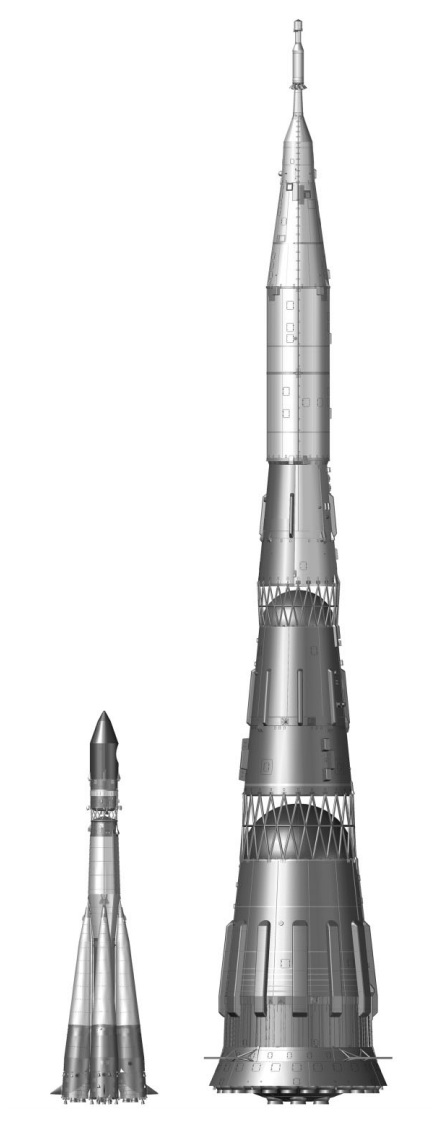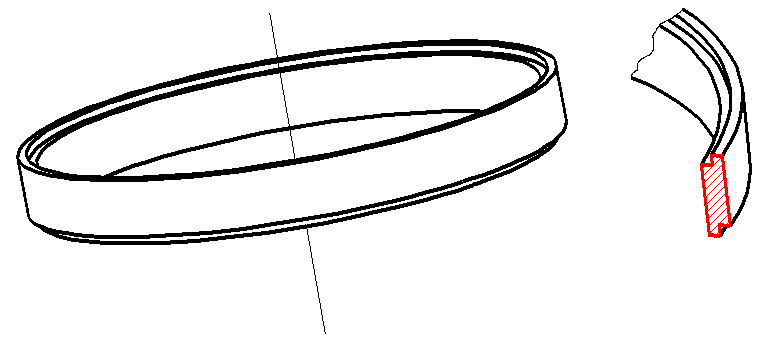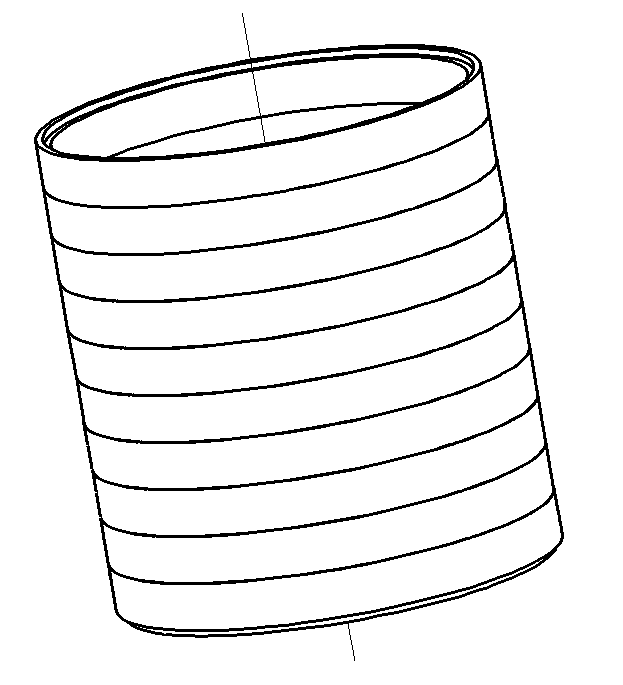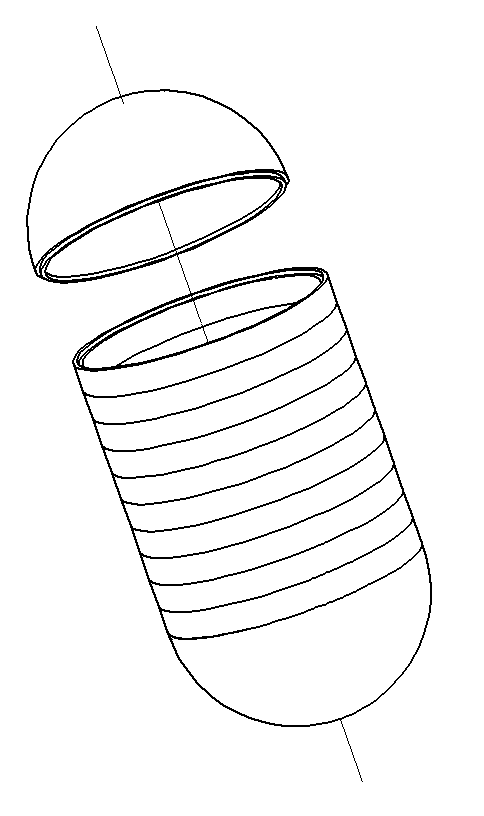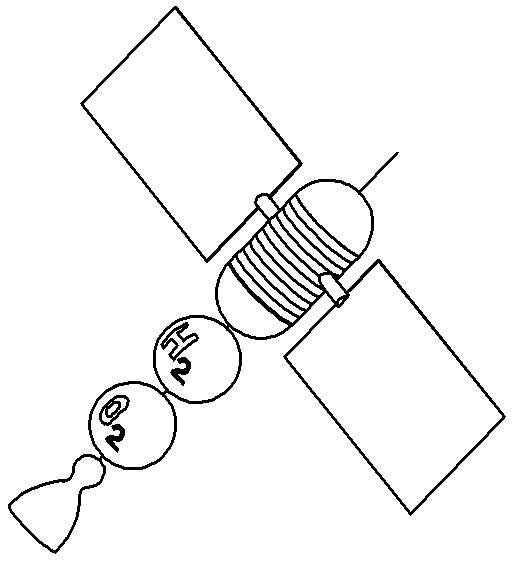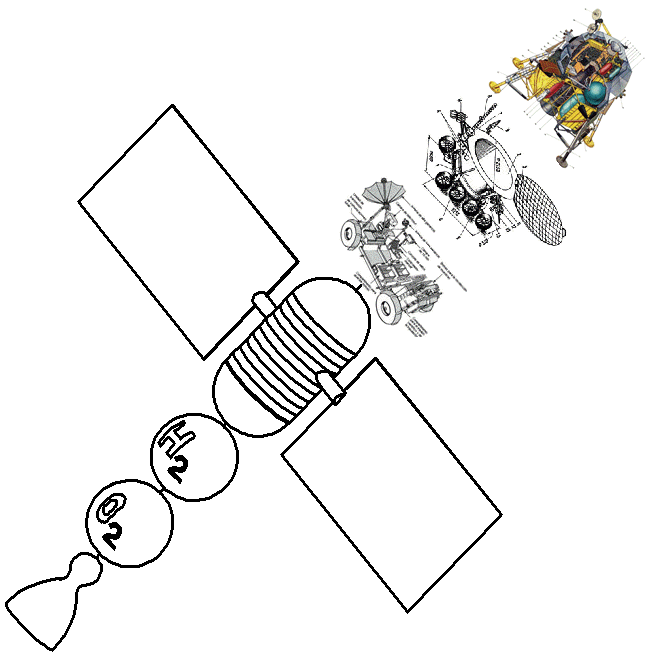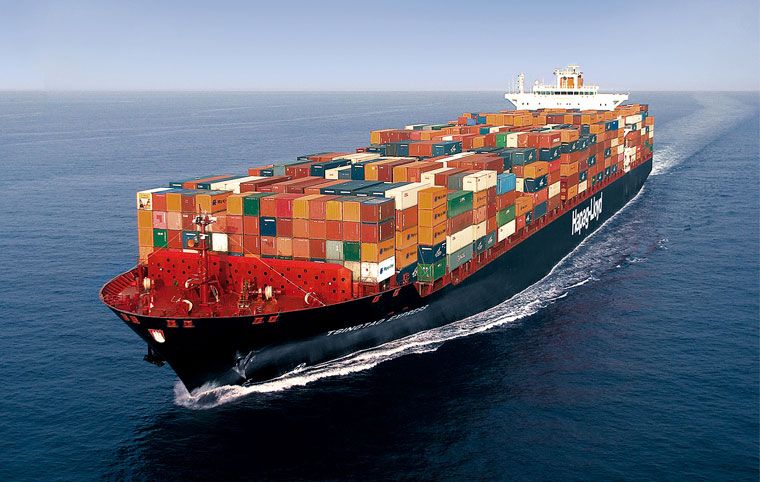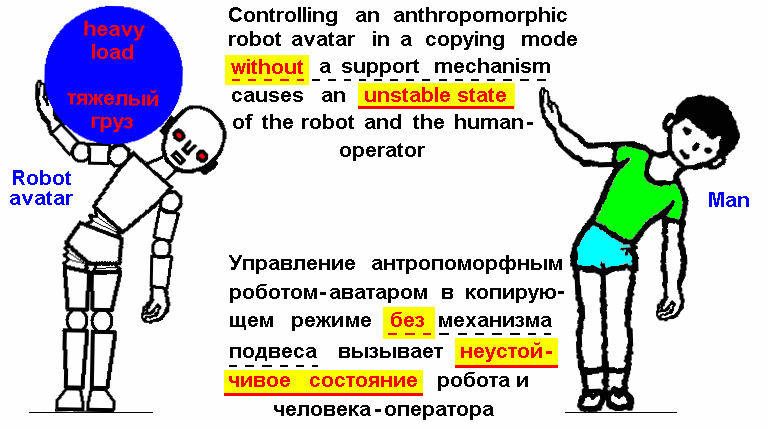The only correct strategy for the exploration (development) of the Moon and Mars.
|
After reading this article, the many national space agencies will a quickly make serious adjustments of own National Lunar (Martian) programs - this is now inevitable. Let's start with the facts: In the 60s of the 20th century, intense political rivalry arose between the two superpowers, the USA and the USSR, for leadership in cosmos. The criterion for winning in this competition was the landing of a man on the Moon. As you know, the USA achieved success - they were able to build a LARGE ROCKET and fly to our natural satellite several times. Thus the USA won the Moon Race. These expeditions undoubtedly had great scientific and political significance, however, they did not represent any serious economic value; on the contrary, each such flight carried an excessive financial burden - at that time, no cargo brought from the Moon covered the transport costs of its delivery to Earth. Therefore, the Moon Race of the 60s, dictated by ideological and political motives, ended. - In those days, there were simply no other reasons, other than political rivalry, to measure off with BIG phallic missiles.
After the completion of the first furious assault in the 60s of the last century, the Moon, albeit at a sluggish, less active pace, continued to be explored. After some time, reserves of water were discovered on our natural satellite, which in the future could be a valuable resource necessary for further expansion into space, plus they started talking about helium contained in the lunar regolith... And here again, as in the 60s of the last century, advanced countries got ready for the lunar campaign - the second stage of the Moon Race began. For example, in the United States, the Artemis program was launched through the efforts of the last presidents. And just like in the 60s, experts started talking about the need to build LARGE ROCKETS launching from the Earth, capable of delivering a LARGE load to the orbit of the Moon in one flight... Perhaps, at the time of the first furious assault on the Moon (60s of the last century), such a scheme of flights to the Moon using LARGE ROCKETS launching from the Earth was justified due to the fact that the technologies for docking in orbit were poorly developed.
Comparison of LARGE lunar rockets of the USA and the USSR
Comparison of the conventional Vostok space rocket and the BIG N1 lunar rocket
To understand this, it is enough to assume that we are apologists for the ideology of building BIG ROCKETS and are planning a flight not to the Moon, but, for example, to Mars. It is reasonable to do the same thing (construction in orbit in parts) for the exploration of the Moon in upcoming lunar missions - in Earth's orbit, in parts from small blocks, build a LARGE "BARREL", which has GOOD RADIATION PROTECTION and a large internal volume for a COMFORTABLE and safe stay for the crew. Agree, dear reader, radiation protection of the upcoming lunar (Martian) mission is an extremely important task - usually conspiracy theorists who question the US landing on the Moon cite exactly this as an argument: the Van Allen radiation belts, which, according to conspiracy theorists, should not have allowed the American astronauts to return to Earth alive. Therefore, the upcoming lunar (Martian) expansion, undoubtedly, should be well protected from radiation - and not at all in order not to provide "food" for conspiracy theorists of all stripes, but simply due to the fact that, by definition, it is necessary to minimize the threat to the health of the crew ( I'm not even talking about life). It should be noted that the Earth's magnetic field protects people on board the ISS from cosmic (solar and intergalactic) radiation. While when flying to the Moon (towards Mars) and on the surface of the Moon (Mars) itself, there will be no such magnetic protection. Because of this, anti-radiation protection of a lunar (Martian) ship is very important. Next, you should think about a space toilet (this is the second most popular argument among conspiracy theorists), and you shouldn't forget about placing physical training equipment inside the ship, which will allow crew members to maintain good physical shape throughout the long flight. - All this (safe and comfortable conditions for the crew) can only be achieved if you first create a LARGE "BARREL" in Earth's orbit - using relatively small (already existing) or large rockets, piece by piece, build the required volume from appropriate materials. A best protector against radiation is, for example, depleted uranium (a layer of depleted uranium already approximately 2 - 3 mm thick attenuates radioactive radiation by 2 times). The problem is that uranium has a high density, so existing small rockets will have to carry uranium "bricks" into orbit many times in small batches. Bottom on the figure roughly shows the stages of construction to build a BIG "BARREL" from these uranium "bricks". First we launching rings of depleted uranium into Earth orbit (a cross-section of such a ring is shown on the right - on rings there are special ledges and grooves):
Capping the cylinder bases - bottom and lid:
Finally, we get something like a Kindersurprise egg:
In addition to depleted uranium, other materials can be used (polyethylene, water, cadmium, boron, erbium...) - I will not go into details - radiation protection specialists will solve this issue themselves better than me. - The important thing is that a VERY LARGE BARREL is created on Earth's orbit gradually from separate parts (rings or other "bricks"), but NOT lifted on into orbit immediately in one powerful space launch. Reliable protection from a depleted uranium (and others materials) against radiation will save us from the need to build every time a tricky curve route around the Van Allen radiation belts. (I would like to specifically emphasize that I am not at all an irreconcilable opponent of large rockets - far from it - the more powerful the rocket is, the better, the more it will be able to pull into orbit the "bricks" for the Lunar (Martian) barrel. But you shouldn't strain yourself trying to launch into the entire object in Earth's orbit - this can be done in parts - with ordinary or large rockets. - In general, the creating of a LARGE MOON BARREL can resemble the process of gradual construction of the ISS from individual modules). It makes sense to make the walls of the Moon BARREL without portholes - so as not to allow radiation into the living space through the windows once again - it is quite enough to use video cameras installed outside the Moon BARREL as windows, and inside the living compartment instead of a window, a monitor is installed, lace curtains are hung on it and voila - the "window" is ready. In general, the interior interior for crew members can look very ordinary - something like a compartment on a train:
In addition to the compartment compartment for the crew, atmospheric regeneration devices, the radiation-protected Lunar BARREL contains a control room, water and food supplies, control devices for robotic avatars - they are also physical exercise simulators for crew members, and other necessary stuffing. Solar panels, fuel tanks and engines are mounted on the outside of the Lunar BARREL (Note: traditional chemical rocket engines are sufficient for flights to the Moon, for flights to Mars and other bodies of the Solar system, of course, it is necessary to use a nuclear jet propulsion system):
Then we attach a cargo deck to this orbital object and thus for the route "Earth Orbit - Moon Orbit" we get a universal reusable interorbital tug-container carrier - in the image below I have conventionally for clarity added a lunar carrige, a lunakhod and a lunar module to the tug - it is assumed that all these objects are loaded onto our orbital lunar tug.
It is clear that such a large, comfortable lunar container ship can be used for MULTIPLE flights to the Moon and cargo delivery, and it is with the help of such a reusable inter-orbital tug-container ship-liner that the Moon should be explored. An analogy can be drawn from existing maritime practice - container ships:
Only in our case we should not talk about a sea container ship, but about an interorbital one. In addition, the lunar container ship can be used many times: both as flights to the orbit of the Moon, and as an orbital station near the Earth. Rather than strain and making a big rocket every time for each lunar flight. Also, if a very large lunar rocket, with a very large valuable cargo, starting from the Earth, falls during launch (after all, no one is 100% insured against technical failures), then there will be a lot of financial losses - the large rocket itself + its large valuable cargo. If during the launch a small rocket with a small valuable cargo falls, then there will be fewer losses, especially since the flights of small rockets have already been tested in many years of practice. Thus, national space agencies should probably adjust own Lunar (Martian) programs by focusing on the construction of an inter-orbital container ship. It finally will allow to a national space agencies to concentrate attention on a priority task - on protection of a planet the Earth from meteoric threat (and do this not only on shooting areas of Hollywood, but also in practice) I shall remind, apropos: the astronomers do forecasts what in 2029 year the asteroid Apophis will fly by very close from the Earth, crossing orbits of some artificial satellites:
or different asteroid "2024 YR4":
In 2036 year the Apophis again will try to aim to our planet and astronomers assert, that he again will fly beside the target. But question: whether astronomers in the own calculations take into account probability of collision of Apophis with artificial satellites in 2029 year and how it will affect the further trajectory of asteroid in 2036 year. Moreover we can suppose, that the asteroid already after 2029 year somewhere in depths of cosmos will collide any small space body, and this impact let very little, but will change a trajectory? And already this it would seem minor incident over the years by 2036 will bring serious consequence - to a collision with the Earth... I.e. to astronomers it is impossible to lose vigilance. The asteroid Apophis as a matter of fact it how a "bullet", which is flying by near a temple:
However only this "bullet - asteroid" will pass near already not with president, but near with a head of all mankind... or not pass by near?... So we, people, gotta urgently do development of cosmos and the reusable cosmic tow ship will play in it a serious role. Well, a LARGE DISPOSABLE phallic rocket is a technical ideology of the 60s of the last century, imposed on the world by the successful American Apollo lunar program. The Americans once flew on a large DISPOSABLE rocket to the Moon and build a new one! And so 13 times - 13 large, expensive missiles. But all it turns out to be very expensive! And nowadays such a strategy is already a mistake. By the way, let me remind you that the USSR lunar program just involved the assembly of a lunar bus from three sections. And in the works of Tsiolkovsky, as far as I remember, the issue of assembling a donut station from individual modules on Earth orbit was considered. In conclusion, it should be noted that all RIGGING INSTALLATION WORK during the construction of an inter-orbital lunar container ship on Earth orbit will be conveniently carried out not by astronauts going into space in spacesuits, but through the safe, cheap use of robotic avatars - the respected reader will find my sites about this topic in the Internet by means of links: http://streltsovaleks.narod.ru ,
This article in april 2024 became the winner of the All-Russia competition " Space distances ":
|
